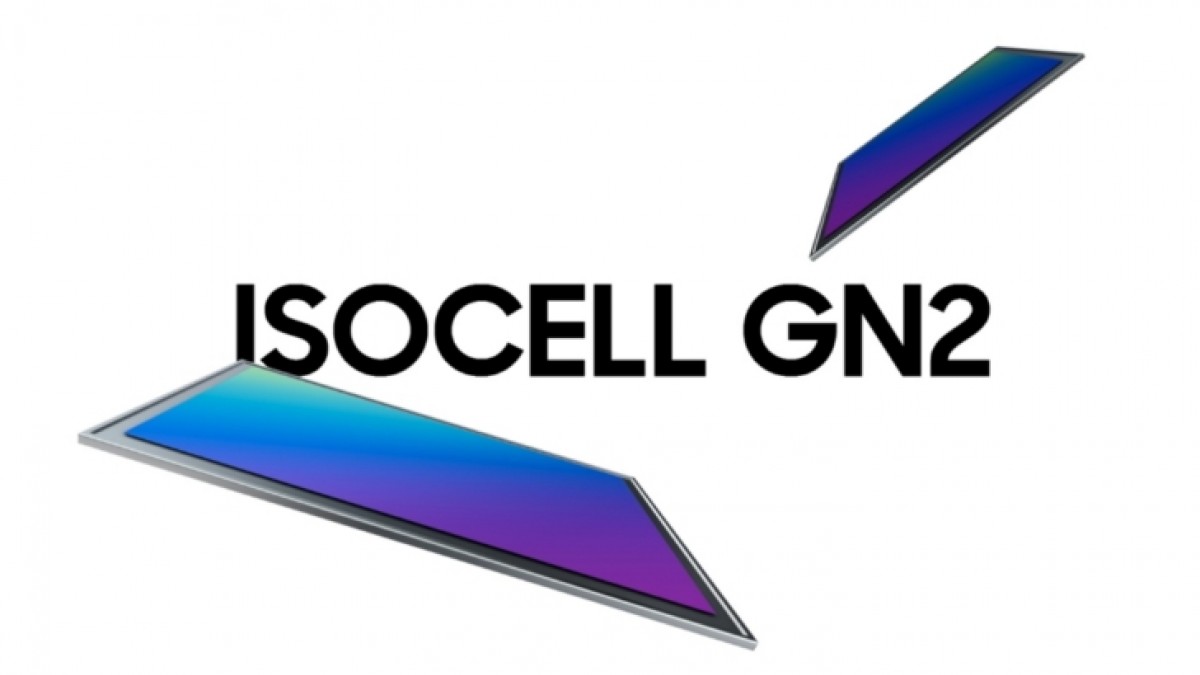Samsung recently announced its new 50MP ISOCELL GN2 camera sensor for smartphones, the successor to last year’s GN1. It is highlighted to offer bigger pixels, better energy consumption and introduces a new Phase Detection Auto-Focus (PDAF) technology known as Dual Pixel Pro.
The ISOCELL GN2 is a 1/1.12-inch sensor with a pixel size of 1.4μm, which the company claims is able to capture “exceptionally detailed” images, even in low light conditions. For the latter, the sensor relies on the familiar four-pixel-binning technology to simulate a larger 2.8μm pixel in order to absorb more light when shooting photos in poorly lit environments. To further enhance image capture quality are the onboard Smart ISO and Smart ISO Pro tech, which intelligently optimises the sensor’s ISO settings to different lighting conditions and create high dynamic range photos with less motion artifacts.
As mentioned earlier, the GN2 is also the first sensor to feature Samsung’s new Dual Pixel Pro PDAF tech. What it does is provide faster and accurate autofocusing in low-light environments or when trying to photograph fast-moving objects, by utilising one hundred million phase detecting agents available on the sensor. It is very likely that the company will include this technology along with its upcoming high-end sensors such as its Bright HM series for flagship phones.
https://www.youtube.com/watch?v=8KILAVjM8lY
Other than that, it also offers the capability to take 100MP photos by merging three 50MP layers into a single high-resolution image. Video-wise, Samsung claims that the sensor supports recordings in Full HD 1080p at a whopping 480 fps, and 4K resolution at 120fps.
The company has confirmed that the ISOCELL GN2 sensor has entered mass production, but did not mention which upcoming smartphone models may feature it. Industry insider Ice Universe suggests that the Ultra variant of the Xiaomi Mi 11 series will likely be equipped with the new sensor. Earlier rumours have pointed out that the Mi 11 Ultra will come with an unspecified 50MP main camera, instead of the 108MP sensor (also by Samsung) that is featured on the standard variant.
GN2→Mi11 Ultra
— ICE UNIVERSE (@UniverseIce) February 23, 2021
It is not uncommon for Samsung to debut its latest camera tech on a third party smartphone either. The sensor’s predecessor, for instance, first debuted along with the Vivo X50 in June of last year. As for the legitimacy of Ice Universe’s claim regarding the GN2, we’ll only find out once Xiaomi is ready to announce the Mi 11 Ultra in the foreseeable future.
(Source: Samsung [Official website] / Ice Universe [Twitter])
Follow us on Instagram, Facebook, Twitter or Telegram for more updates and breaking news.



